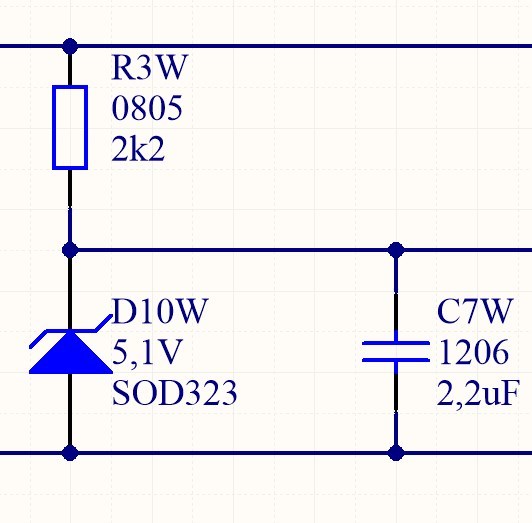Hello,
I am planing to use the ISO122 to transfer a 0V to 5V analogue signal (not negative and only a variable static signal) from a high voltage side to a low voltage side of a PCB.
It represents the voltage of a HV-DC-link of an inverter meassured by a high restistance voltage divider (ISO122 has exactly 200k input resistance, right?). As I want to use as less space as possible I plan to use the existing power supplys of the circuitry.
This are -5V, +19V on HV side and +3.3V, +5V and +12V on LV side.
So can you recommend me the best power supply concept for my task? The 19V and -5V on HV side are generated out of a 24V supply by a 5.1V Z-Diode with a 2k2 preresistor.
I am also not 100% sure how much "extra voltage" has to be supplied, as the datasheed says not that much about rail-to-rail etc...
Thank you for your help!
Best wishes!
Thomas


